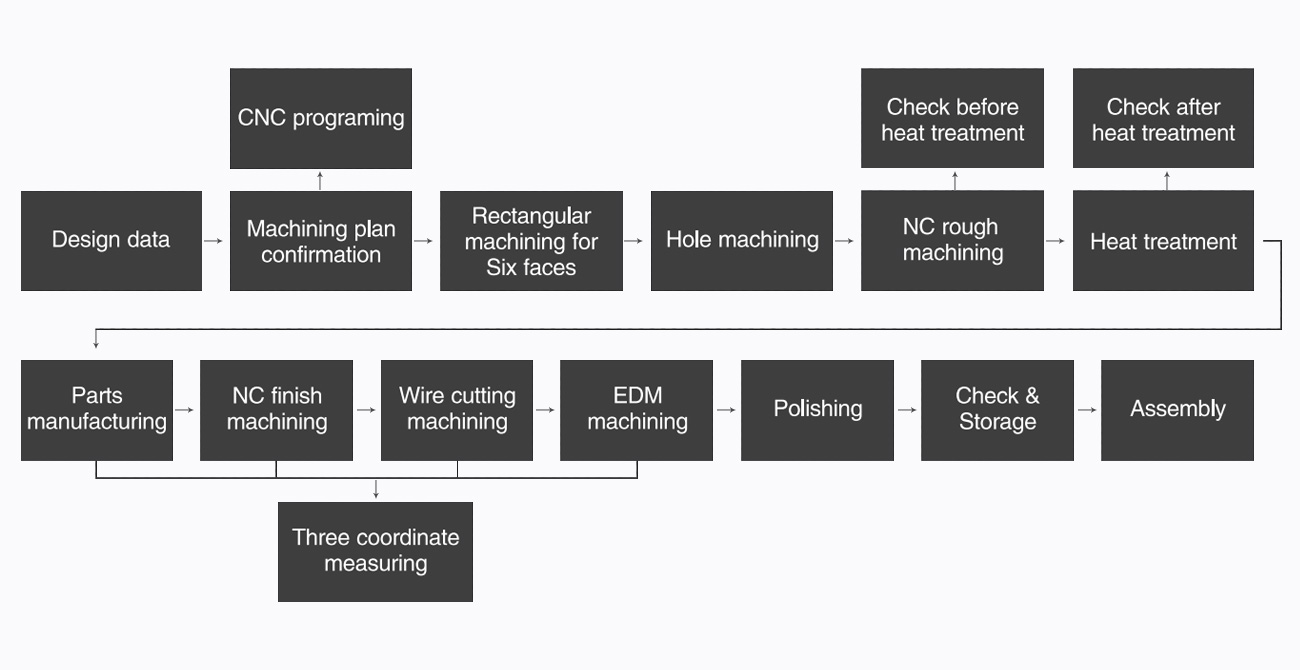What is the Automotive Engine Bracket Die Casting Mould
An automotive engine bracket die casting mould is a specialized tool used in the manufacturing process of producing engine brackets for automobiles.
Die casting is a manufacturing process in which molten metal is injected into a mold cavity under high pressure. Once the metal solidifies, the mold is opened, and the part is ejected. The process is called die casting because the mold cavity is created by using two hardened steel dies, which are machined into the shape of the part being produced.
In the case of an automotive engine bracket, the bracket is typically made of aluminum or a zinc-aluminum alloy. The die casting process allows for the production of complex shapes with high precision and surface finish, which are required in the automotive industry.
The automotive engine bracket die casting mould is the specialized tool used to create the mold cavity for the engine bracket. The design of the mold is critical to the quality and efficiency of the die casting process. The mold must be designed to withstand the high pressure and temperature of the molten metal, and to provide for the efficient filling of the mold cavity.
The design of the mold also includes provisions for cooling and ejection of the part once it has solidified. The automotive engine bracket die casting mould is typically made of high-quality tool steel, which is capable of withstanding the repeated stresses of the die casting process.
Features of Automotive Engine Bracket Die Casting Mould
The features of an automotive engine bracket die casting mould are dependent on the specific requirements of the part being produced and the die casting process used. However, some common features of an automotive engine bracket die casting mould may include:
High precision: The mould must be designed to create the exact shape and dimensions required for the engine bracket. This requires a high level of precision in the machining and assembly of the mould.
Durability: The mould must be able to withstand the repeated stresses of the die casting process, including high temperatures and pressures. Therefore, it is typically made from high-quality tool steel that is heat-treated for durability.
Efficient cooling: To prevent the part from warping or cracking during the solidification process, the mould must have an efficient cooling system that can quickly dissipate heat. This can be achieved through the use of cooling channels or a spray system.
Ejection system: Once the part has solidified, it must be ejected from the mould without damaging the part or the mould. This requires an efficient ejection system that can safely and smoothly remove the part from the mould.
Consistency: To ensure that each engine bracket is of consistent quality and meets the required specifications, the mould must be designed to produce parts with minimal variation in dimensions or surface finish.
Venting system: The mould must have an efficient venting system to allow air to escape from the mould cavity during the filling process. This prevents the formation of air pockets or bubbles in the part, which can compromise its strength and integrity.
Overall, the design of an automotive engine bracket die casting mould is critical to the quality, efficiency, and consistency of the die casting process.
 EN
EN 



















